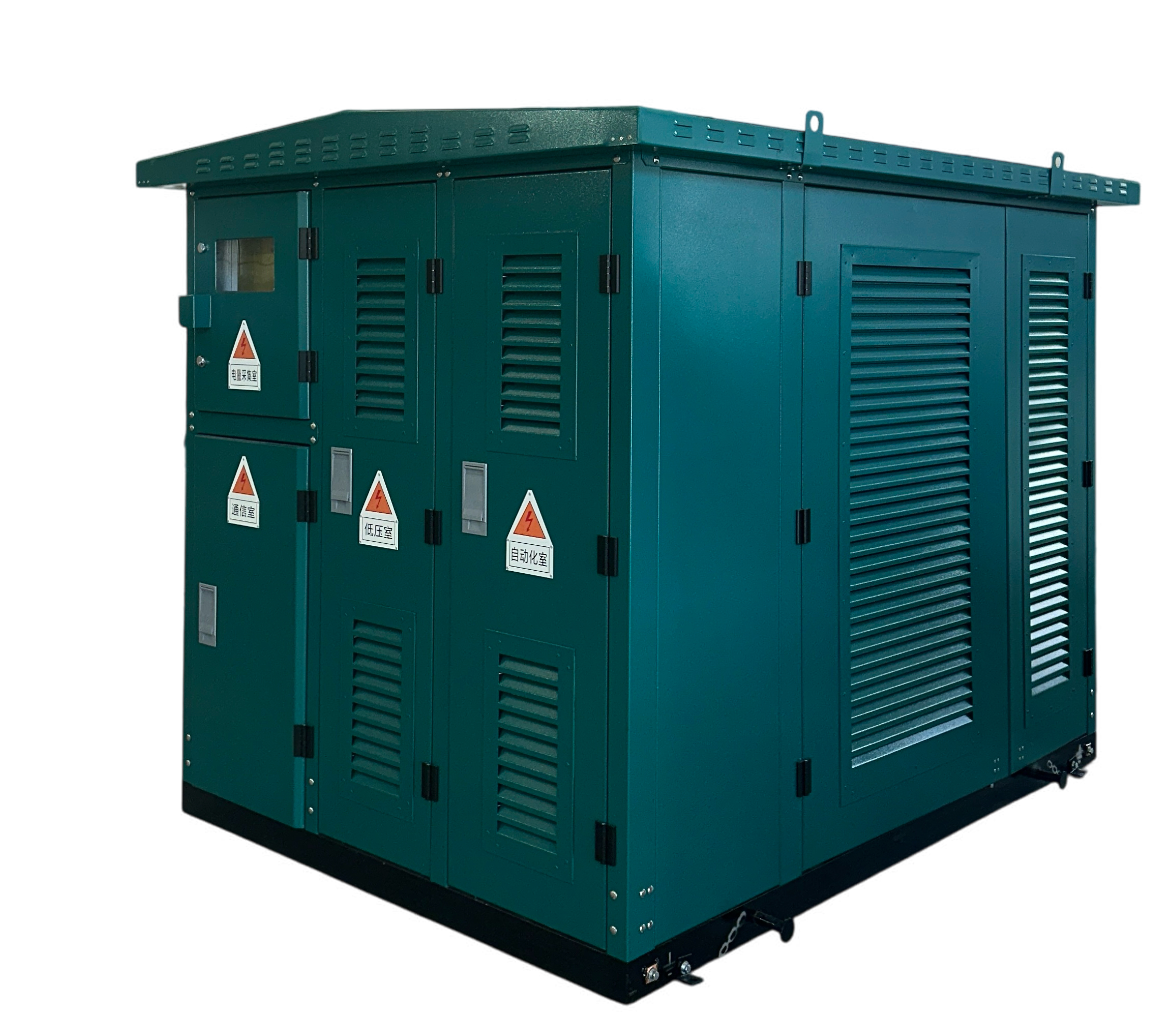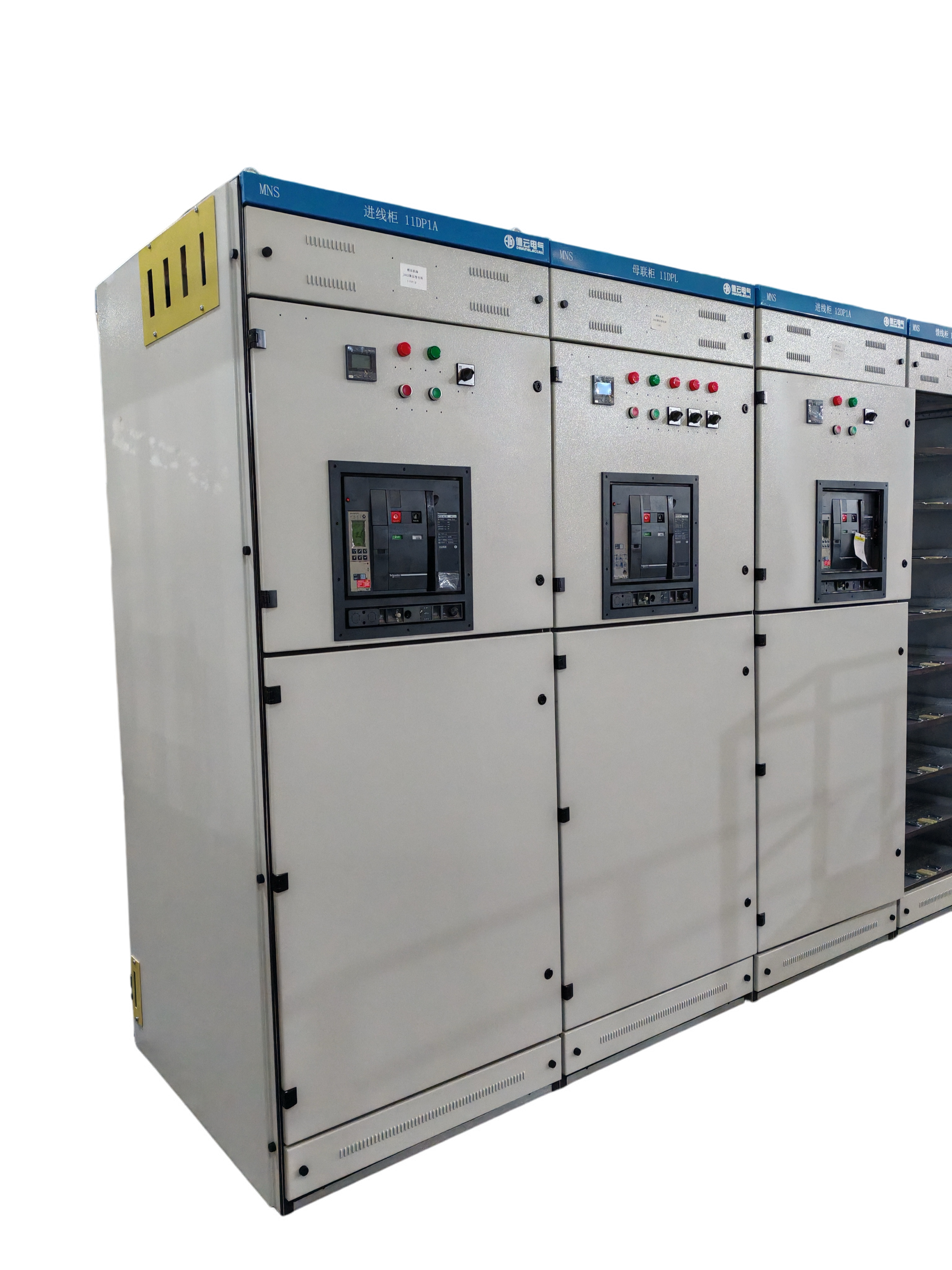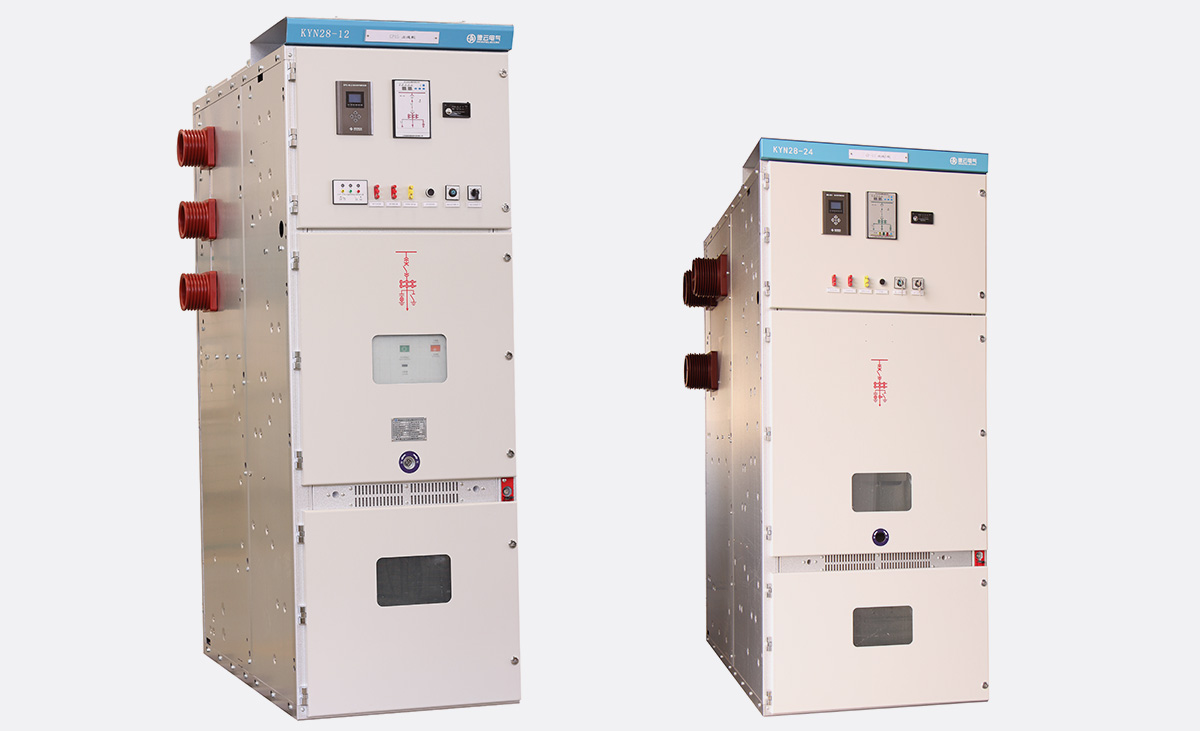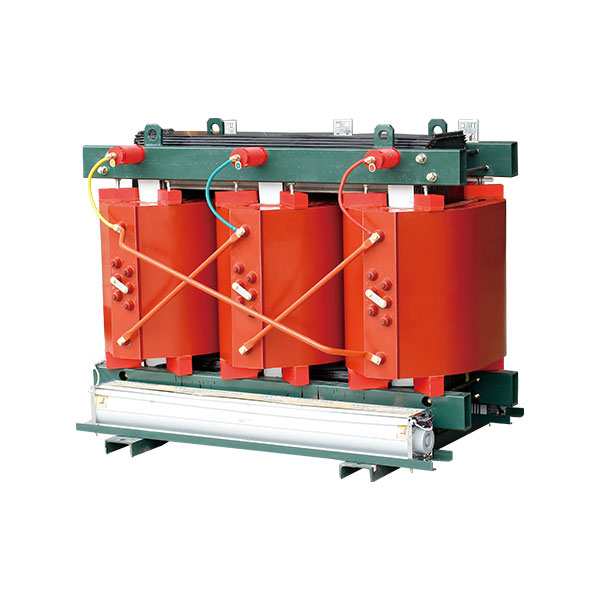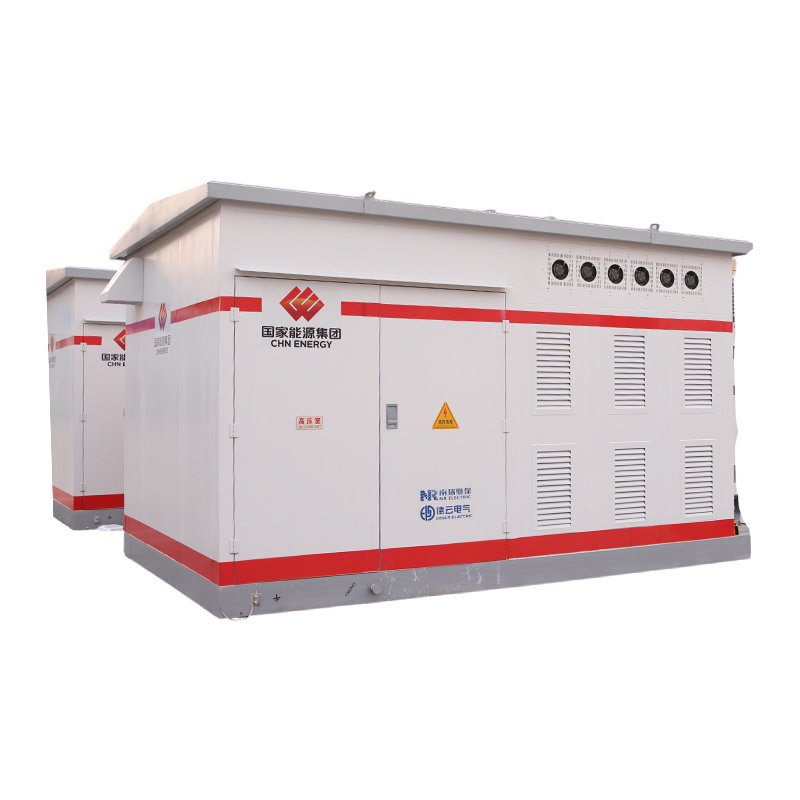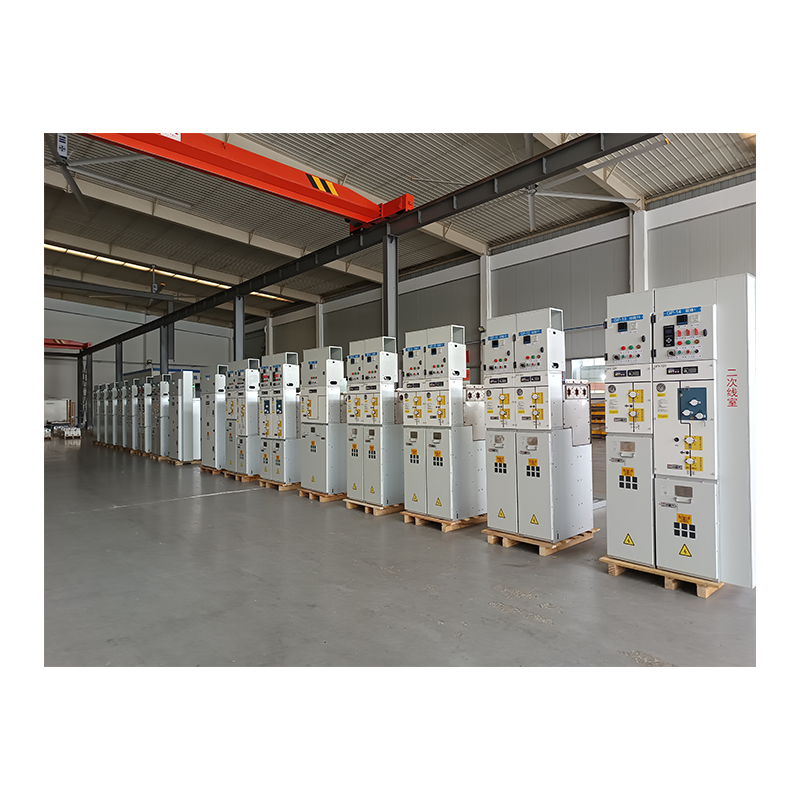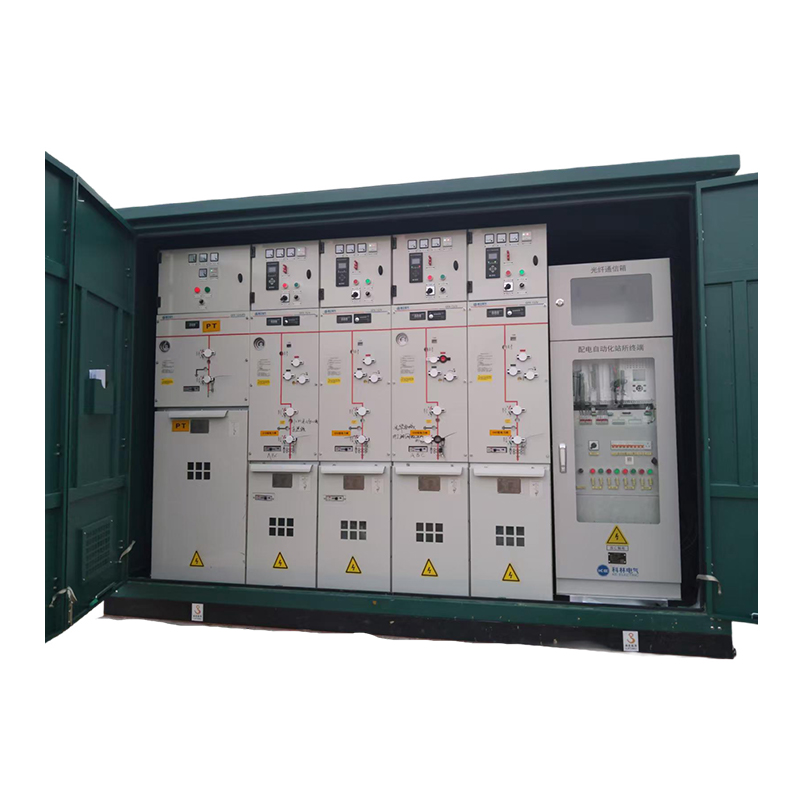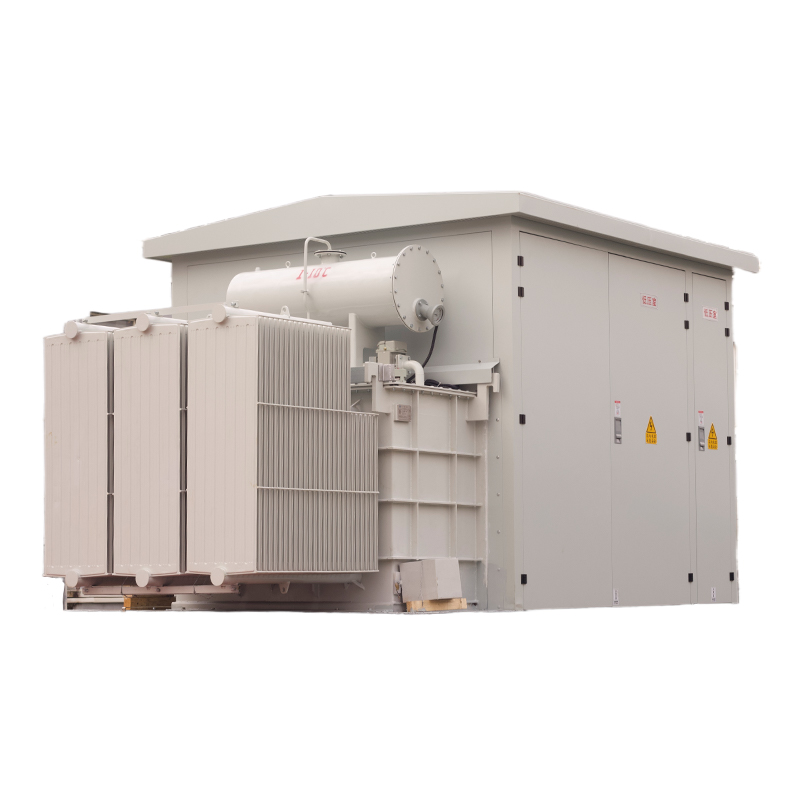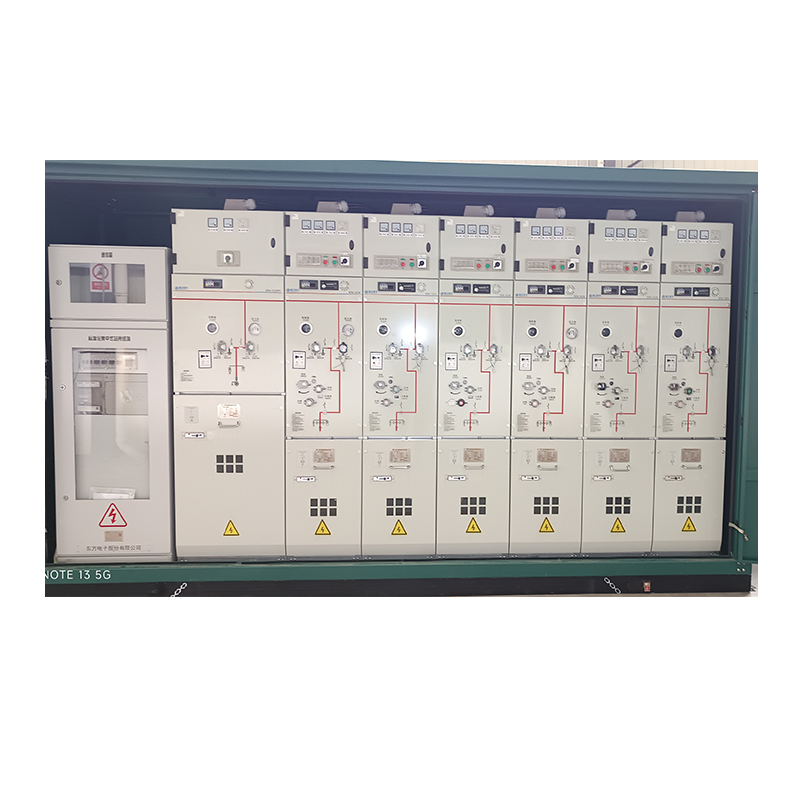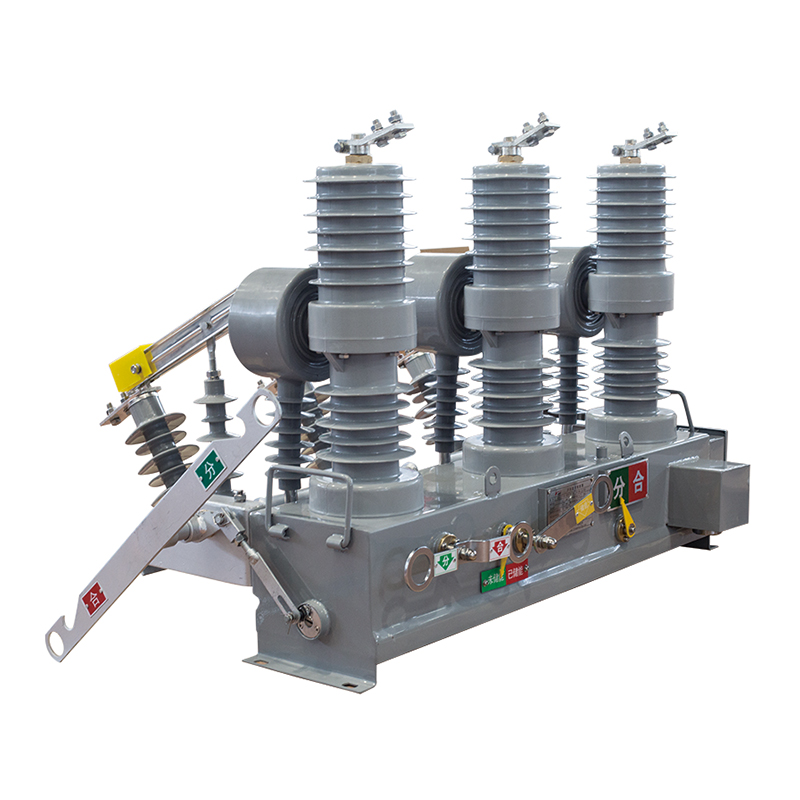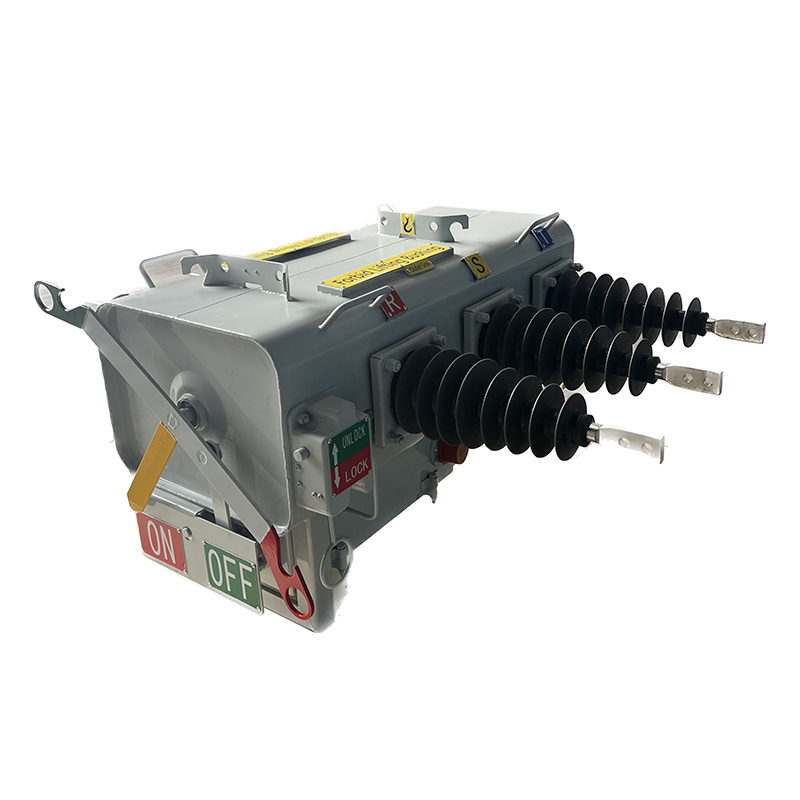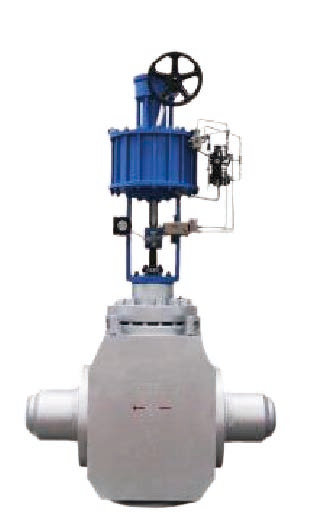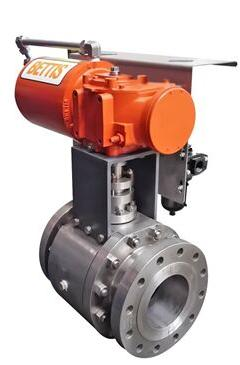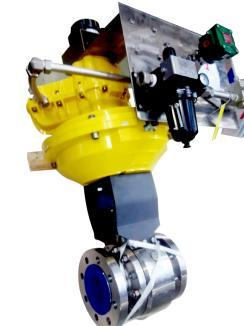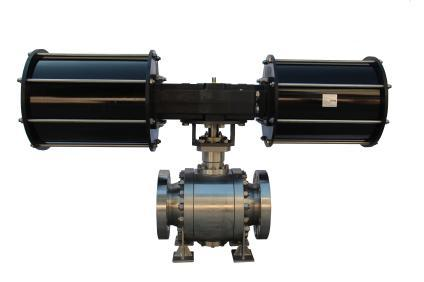Wedoany.com Report-Apr. 2, The U.S. Department of Energy (DOE) has approved Holtec International’s request to transfer small modular reactor (SMR) technology to India, advancing nuclear cooperation between the two nations. Granted under regulation 10CFR810 of the U.S. Atomic Energy Act of 1954, this approval strengthens India’s position in the global SMR market.
India’s Union Minister of State for Science & Technology and Earth Sciences, Dr Jitendra Singh
Holtec, led by Indian-American Kris P. Singh, can now share its unclassified SMR technology with Holtec Asia, Tata Consulting Engineers Ltd., and Larsen & Toubro Ltd. This collaboration will support localized SMR manufacturing in India, enhance its nuclear expertise, and bolster clean energy infrastructure. Holtec Asia has operated in Pune since 2010 and has a factory in Gujarat. The approval, valid for 10 years with a five-year review, requires use for peaceful purposes under International Atomic Energy Agency (IAEA) safeguards, with Holtec submitting quarterly reports to DOE.
This step resolves a key barrier from the 2007 India-U.S. civil nuclear agreement, promoting nuclear energy as a sustainable option aligned with India’s climate objectives. It is expected to speed up SMR deployment, offering scalable clean energy solutions and attracting investment to India’s nuclear sector.
In an article, India’s Union Minister of State for Science & Technology and Earth Sciences, Dr. Jitendra Singh, highlighted India’s energy challenges. He wrote: “This paradox defines India’s energy challenge – how to promote rapid economic growth while simultaneously reducing carbon emissions and ensuring energy security. Nuclear power has emerged as a crucial pillar in India’s quest for a sustainable and self-reliant energy future.” He noted India’s reliance on imported fossil fuels strains its economy, yet nuclear power provides steady, weather-independent energy.
Dr. Singh traced India’s nuclear history from the 1948 Atomic Energy Commission to the 1956 Apsara reactor at Bhabha Atomic Research Centre. He added: “Today, India’s nuclear landscape has transformed. From a mere 4,780 MWe in 2013-14, nuclear capacity has surged by over 70% to reach 8,180 MWe, spread across 24 operational reactors.” With 21 reactors totaling 15,300 MWe in progress, nuclear power, currently 3% of India’s electricity, is set to grow. The 2023 commissioning of a 700 MWe indigenous reactor in Gujarat and advancements in the Prototype Fast Breeder Reactor in 2024 mark strides in self-reliance.
The Holtec partnership supports India’s focus on SMRs, with a goal of 100 GWe by 2047, enhancing its clean energy framework through international and domestic innovation.
